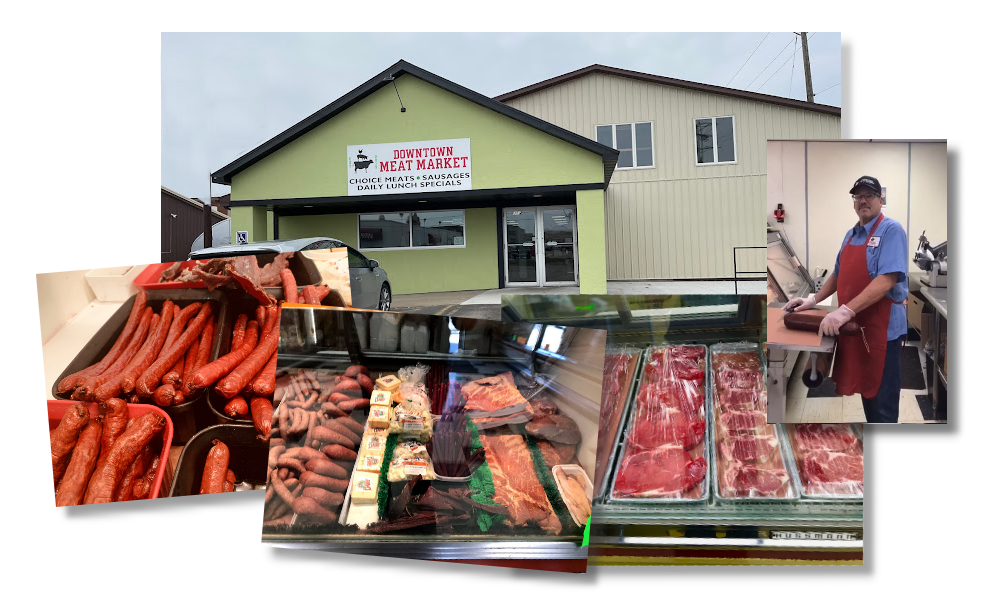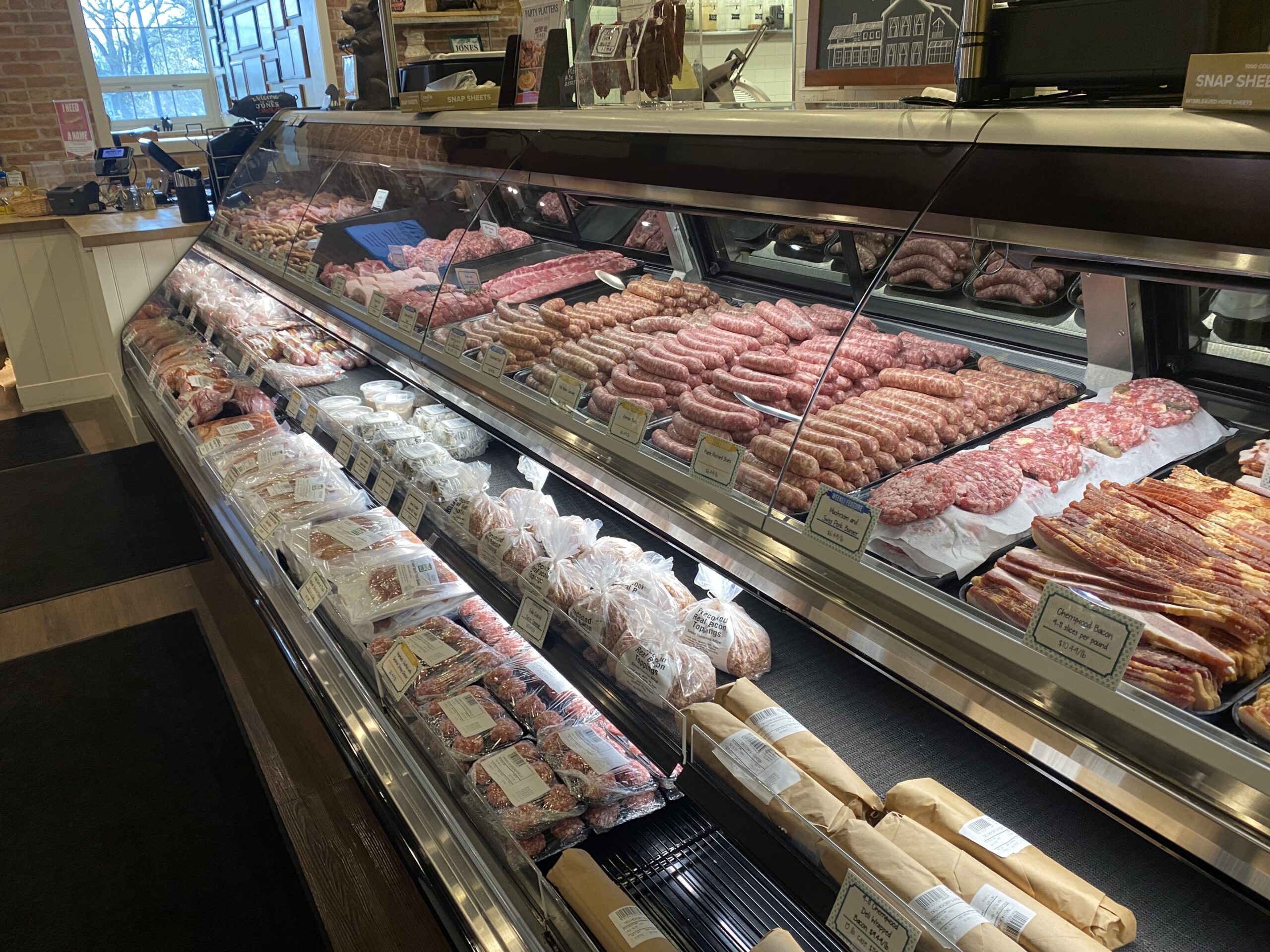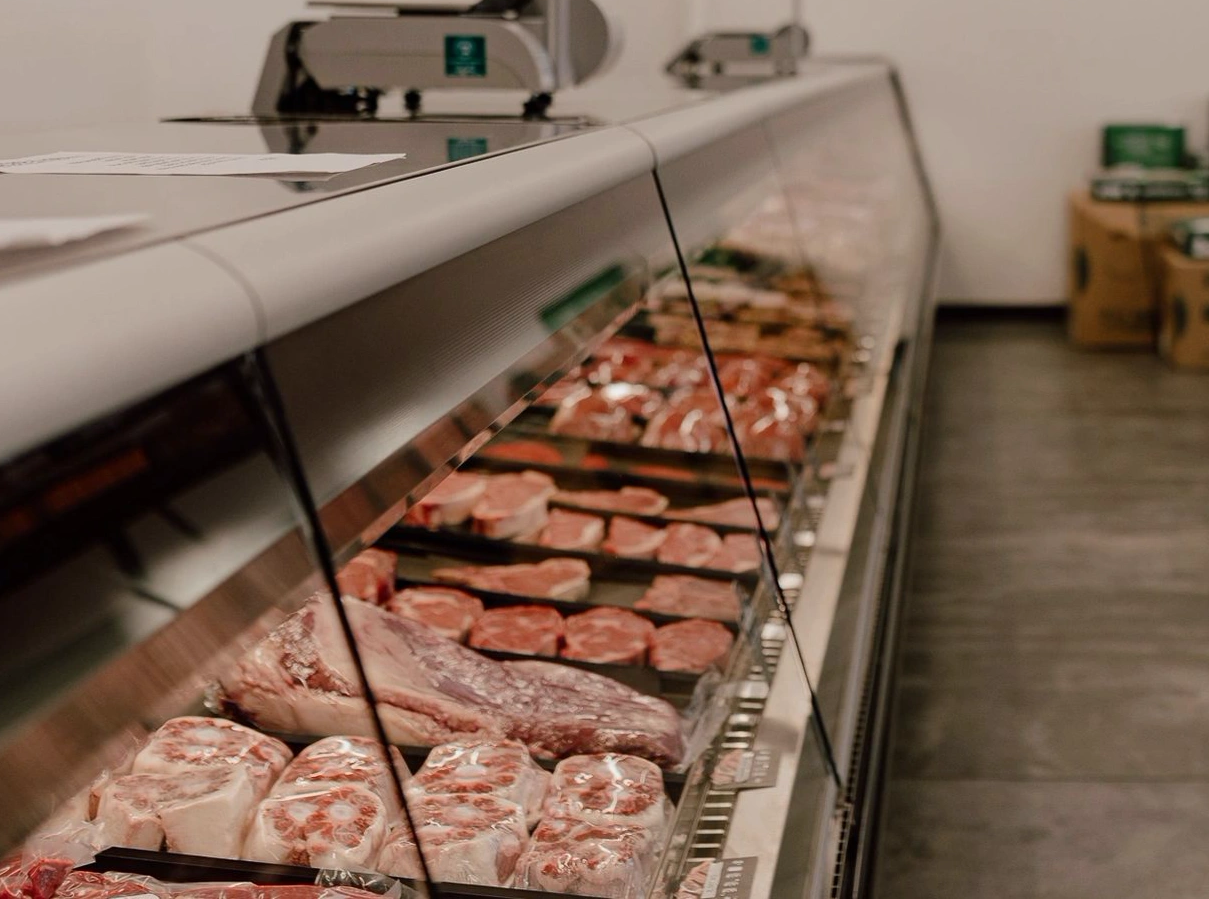Uncover the Art of the Butcher's Cut in a Modern Meat Market
In the ever-evolving landscape of contemporary meat markets, the butcher's cut has transcended its conventional roots, merging age-old craftsmanship with modern techniques. bagley farms meat market edwardsville il. Today's butchers are not simply cpus of meat; they are experienced artisans who emphasize sustainability and moral sourcing. Their expertise in selecting and preparing cuts customized to certain cooking requirements provides an unparalleled dining experience. What genuinely sets the modern-day butcher apart is their capability to build a deeper link between consumers and the beginnings of their meat. Just how do these masters equilibrium tradition with technology, and what ramifications does this have for the future of meat consumption?
Evolution of Butchery Strategies

The mid-20th century saw butchery techniques further improved by clinical insights into muscular tissue biology and meat aging, improving both tenderness and taste. Technologies like vacuum cleaner packaging and refrigeration extended item shelf-life, enabling butchers to diversify offerings and boost high quality control. This period additionally marked the rise of specialized tools, such as band saws and meat slicers, which boosted precision and effectiveness in meat processing.
Digital systems now assist in monitoring animal provenance and enhancing cuts to fulfill particular client choices. Furthermore, a rebirth in artisanal butchery has emerged, mixing traditional skills with contemporary expertise to cater to consumers looking for moral and sustainable meat choices.

Recognizing Meat Cuts

Comprehending the complexities of meat cuts is essential for both butchers and customers seeking top quality and value. For butchers, specific cuts show ability and respect for the craft, ensuring very little waste and optimal yield.
The key categories of meat cuts include primitive, sub-primal, and retail cuts. Butchers then break these down better into sub-primal cuts, prior to finally creating retail cuts available to customers, like ribeye or tenderloin.
Understanding muscle structure is essential; muscles made use of much more regularly by the pet have a tendency to be harder and are best fit for slow cooking approaches, while less-used muscle mass, like those found in the loin, are much more tender and perfect for barbecuing or roasting. Knowledge with these distinctions encourages consumers to make educated choices, improving their culinary undertakings.
Picking Quality Meat
Choosing the appropriate meat includes more than simply choosing a check my blog visually enticing item from the display. The art of picking high quality meat requires a critical eye and understanding of specific features that represent freshness and quality.
Secondly, consider the marbling, which describes the white flecks of fat within the muscle. Appropriate marbling is an essential indication of tenderness and taste, as it thaws during cooking, boosting the meat's juiciness. Remember, higher marbling usually associates with premium quality cuts, such as USDA Prime.
Structure is an additional vital factor; meat must really feel firm to the touch, not slimed or overly soft. Furthermore, be conscious of the scent. Fresh meat must have a tidy, neutral smell, without any sour or repulsive smells.
Matching Cuts With Food Preparation Approaches
Successfully combining cuts of meat with the ideal cooking techniques is crucial for achieving ideal taste and appearance. Different cuts vary in tenderness, marbling, and connective cells web content, each requiring particular methods to open their possibility. For instance, tender cuts like filet mignon and ribeye, with their intrinsic marbling, gain from high-heat, quick-cooking approaches such as grilling or pan-searing. you could check here These techniques improve the meat's all-natural tastes and make sure a juicy coating.
Conversely, harder cuts like brisket and chuck roast are abundant in collagen, which damages down right into jelly when cooked slowly. These cuts are optimal for braising or sluggish roasting, allowing the meat to tenderize over time and develop deep, intricate tastes. Likewise, cuts such as short ribs and pork shoulder get on well with slow-cooking techniques, where extended cooking times transform their durable structures into succulent recipes.
Lamb shanks and oxtail, which require long term cooking to tenderize, are perfect prospects for cooking or slow-moving simmering. These techniques coax out rich, passionate tastes while maintaining dampness. By recognizing the distinct characteristics of each cut, cooks and home cooks alike can elevate their cooking creations, ensuring each recipe is both satisfying and remarkable.
The Butcher's Function Today
Navigating the advancing landscape of the contemporary meat market, the butcher's role today prolongs beyond simple preparation of cuts. Contemporary butchers are culinary craftsmens, teachers, and supporters for sustainable techniques. They connect the void between the ranch and the fork by guaranteeing moral sourcing, understanding pet husbandry, and prioritizing openness in the supply chain. This shift shows the expanding consumer need for top quality over quantity, where provenance and pet welfare are critical.
Along with crafting accurate cuts, butchers currently involve directly with clients, supplying cooking advice and tailoring options to match individual requirements and choices. Their know-how in meat aging, marbling, and taste profiles equips customers to make enlightened decisions, enhancing their culinary experiences. This tailored service exemplifies the butcher's progressing duty as a relied on advisor in the kitchen area.
Additionally, butchers are crucial in minimizing waste, using entire pets to develop diverse products such as sausages and stocks - bagley farms meat market edwardsville il. This detailed technique not just values the pet but also aligns with contemporary sustainability goals. By doing this, the modern-day butcher personifies both practice and development, adapting to an ever-changing market while protecting the creativity and honesty of their craft

Conclusion
The modern butcher's craft elaborately weaves conventional techniques with modern-day advancements, emphasizing lasting methods and ethical sourcing. Proficiency in comprehending diverse meat cuts and top quality indicators encourages butchers to supply informed referrals, lining up specific cuts with optimum cooking approaches. This know-how not only boosts culinary experiences yet likewise enhances the link in between customers and the weblink origins of their food. By recognizing historical techniques while embracing contemporary needs, the butcher's role stays vital in today's advanced meat market.
Comments on “Bagley Farms Meat Market Edwardsville IL: Your Best Location for Neighborhood Meat Option”